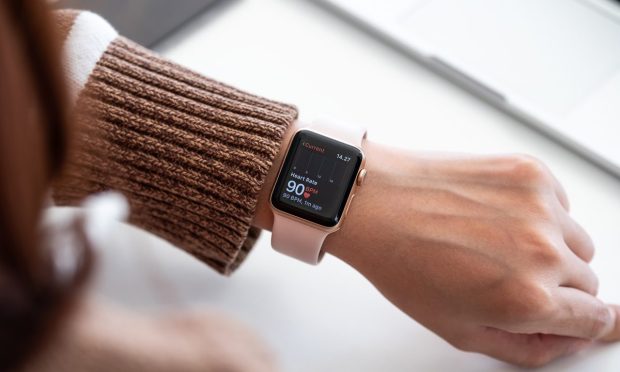Apple’s watchOS 9 Moves Deeper Into Health Monitoring

As its 2022 Worldwide Developers Conference kicked off, Apple previewed its forthcoming watchOS 9, driving deeper into healthcare applications for its new wearable update.
On Monday (June 6) Apple opened its hotly anticipated annual developer event with news of healthy features for watchOS 9. In that announcement, Apple Chief Operating Officer Jeff Williams said, “This fall, watchOS 9 takes the Apple Watch experience to the next level with scientifically validated insights across fitness, sleep, and heart health.”
The latest Apple Watch update appears to confirm that consumers see wearables less as trendy digital jewelry and more as personal assistants that make their lives — including their health and fitness routines — more manageable.
Apple is incorporating improvements to its Sleep app and FDA-approved app for detecting and tracking atrial fibrolations (AFib) as well as a new Medications app that will help users to manage the medicines they’re taking.
While Apple Watch has an irregular heart rhythm notification, Apple pointed to research that “the amount of time spent in AFib may impact a person’s symptoms, overall quality of life, and risk of complications,” adding “there has not been an easy way to track the frequency of AFib over an extended period of time, or to manage lifestyle factors that may influence one’s condition.”
See also: Apple to Upgrade iPad to Enhance Multitasking and Be More Like a Laptop
Wearable Health Is Trending
The new focus for Apple Watch dovetails with trends PYMNTS is tracking throughout the pandemic, as our ConnectedEconomy™ Monthly Report research of over 2,500 consumers found that as 2021 ended, 75 million patients were receiving online healthcare.
“Millennials in particular find digital-first healthcare appealing,” that report noted. “They are the most likely of any demographic age group to obtain healthcare-related products and services online, with 46% of them (13 million) doing so in December. This compares to just 27% of Generation X and 13% of baby boomers and seniors.”
They are also the most likely demographic group to be wearing an Apple Watch. Now, these converging trends are being productized for fall 2022 by Apple, not only with the new AFib History feature but a new “Medications experience” to help with adherence to taking prescription medicines, which is a considerable problem for many consumers.
On this front, Apple said its “new Medications experience on Apple Watch and iPhone helps users manage and track their medications, vitamins, and supplements, allowing them to create a medications list, set up schedules and reminders, and view information on their medications in the Health app.”
Sleep tracking is another way watchOS 9 is getting aggressive in health-related applications as several competitors have pulled ahead in sleep tracking for digital wearables.
On Friday (June 10) CNET reported that Apple “doubled down on sleep tracking by introducing Sleep Stages, a feature that analyzes the amount of time spent in various phases of slumber. Apple is playing catch up in this regard; rival fitness trackers from Fitbit, Oura and Samsung have supported this feature for years.”
For more serious conditions, the company said, “Apple Watch becomes more accessible than ever for people with physical and motor disabilities with Apple Watch Mirroring, which helps users control Apple Watch remotely from their paired iPhone.”
The mirroring capability enable use of iPhone’s assistive features (Voice Control, Switch Control) so users “can navigate Apple Watch by using their voice, sound actions, head tracking, and external Made for iPhone switches as alternatives to tapping the Apple Watch display.”
Additionally, Apple Watch Mirroring “uses hardware and software integration, along with advances built on AirPlay, to ensure users who rely on these mobility features can benefit from unique Apple Watch apps like Blood Oxygen, Heart Rate, and Mindfulness,” the company said.
Download: The ConnectedEconomy Report: Consumers Rush Online To Shop And Stay Well
